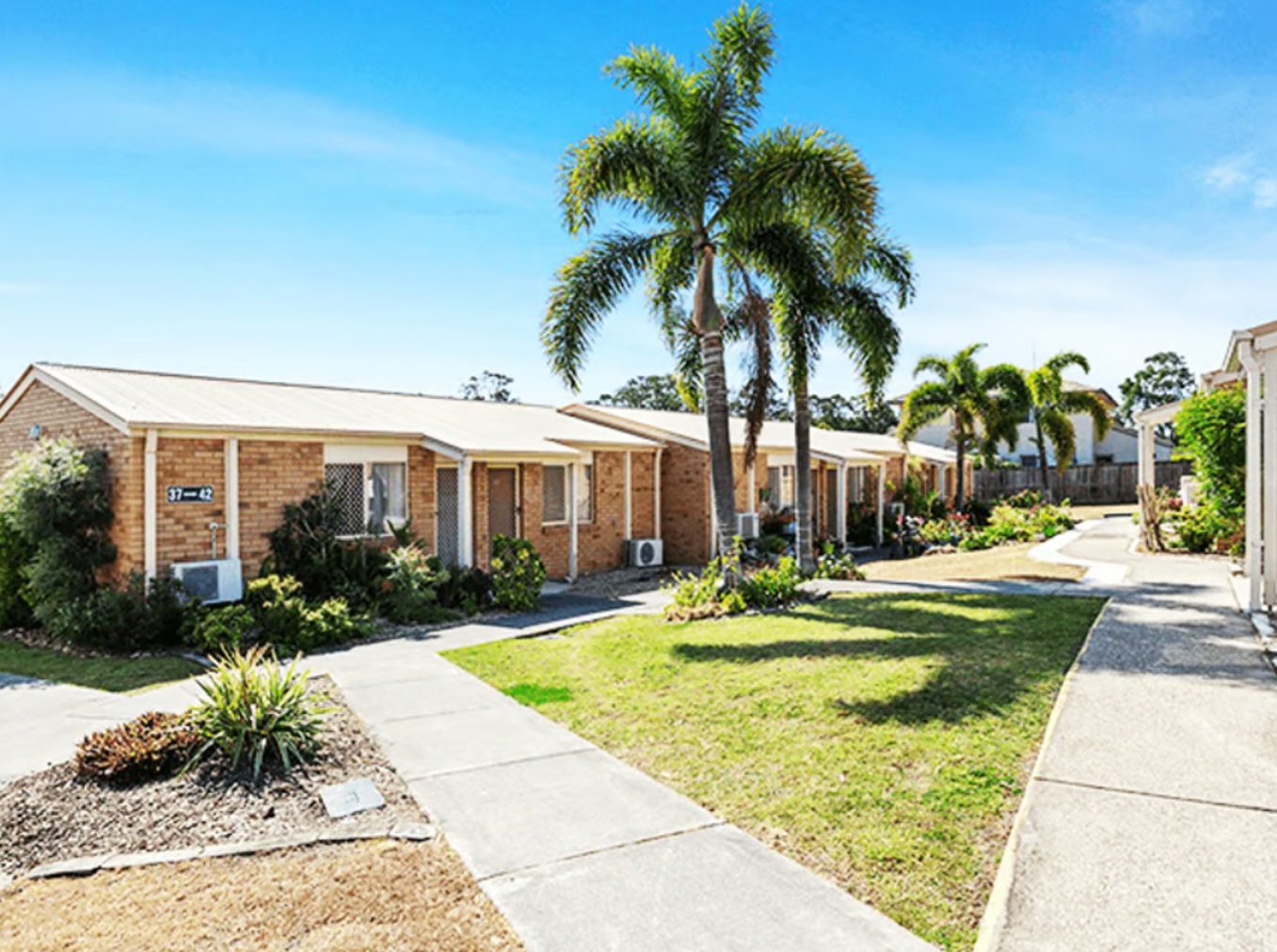Why there is emergency respite care
11/09/2025

If a loved one suddenly needs to be placed into residential care for the first time, or if a carer of a loved one at home is at the end of their tether, then this service is for you.
Emergency respite care provides temporary relief for carers facing urgent or unexpected situations.
This short-term solution ensures your loved one continues to receive quality care, bridging the gap during challenging times, giving you peace of mind knowing professional care is in place when you need it most.
The importance of emergency respite care
Provides a break: it provides timely support when you’re unable to fulfil your caring responsibilities.
Ensures continuity of care: it guarantees your loved one’s needs are met without disruption during your absence.
Reduces stress and anxiety: alleviates the anxiety of balancing your emergency with caring responsibilities.
Prevents caregiver burnout: by offering temporary relief, it can prevent caregivers from reaching a point of exhaustion, which can be detrimental to both the caregiver and the person receiving care.
Offers time to plan: in some cases, an emergency might highlight a longer-term need for additional support, providing time to explore long-term care options without feeling overwhelmed.
Who offers emergency respite care?
· Short-term stays in a residential home: this option provides 24-hour professional care in a home-like environment.
· Day respite care: individuals can attend a day centre or aged care home where they can participate in activities and socialise with others.
· In-home care: a caregiver comes to your home to aid with personal care, medication reminders, meal preparation, home maintenance or companionship.
How to access emergency residential respite care
When you need emergency respite care, time is usually of the essence.
Typically, accessing government-subsidised residential respite care requires:
1. ACAT assessment: an Aged Care Assessment Team evaluation to determine eligibility and care needs.
2. My Aged Care: reaching out to My Aged Care to access services relevant to your circumstances.
3. Carer Gateway: contacting the Carer Gateway for information and support in finding appropriate care.
4. Local aged care providers: directly approaching aged care homes about availability.
In genuine emergencies where standard processes would take too long:
1. Contact aged care providers directly: explain your emergency situation and enquire about immediate availability.
2. Emergency respite admission: ask if the aged care provider of your choice can admit residents as ‘emergency respite residents’.
3. On-site assessment: once admitted under emergency respite, the provider can arrange for an ACAT assessment to occur during the respite stay.
4. Interim self-funding: be prepared to self-fund care until the assessment is complete (costs may be backdated once approval is granted).














